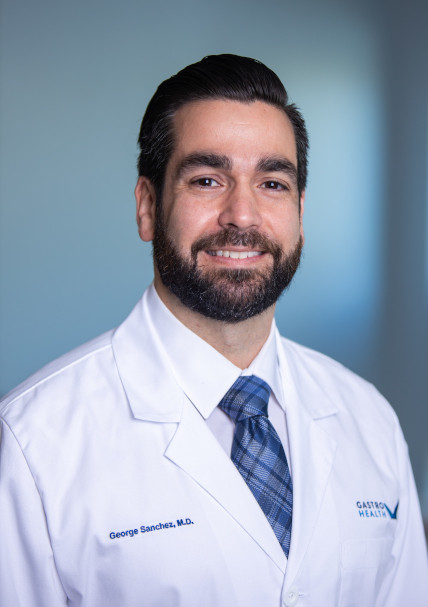
Eosinophilic Esophagitis (EoE) is a chronic condition in which the immune system causes inflammation to the esophagus – the tube which carries food from the mouth to the stomach. In EoE, the lining of the esophagus has certain cells called “eosinophils” which cause inflammation and do not let the esophagus function properly. Eosinophils are allergy cells that normally are not seen in the esophagus. The exact cause of EoE is unknown, but it is thought to be related to allergies, in particular food allergies.
What are the common symptoms?
The symptoms of Eosinophilic Esophagitis can vary with age. Adults and teenagers usually develop symptoms of trouble swallowing as the most common symptom. It can begin with difficulty swallowing solid food or even the feeling as if food is getting stuck in the throat or chest. Other people can experience chest or upper abdominal pain, and possibly chest burning known as heartburn. In children, it usually presents with different symptoms such as refusing to eat solid foods, nausea or vomiting, and also abdominal pain. Patients with Eosinophilic Esophagitis can have other allergic disorders such as asthma, hay fever, or eczema.
How is Eosinophilic Esophagitis diagnosed?
Eosinophilic Esophagitis can be challenging to diagnose at first because it can resemble other conditions. However, the best available test to check for this condition is an upper endoscopy with biopsy. An upper endoscopy is a procedure performed by a gastroenterologist during which a small flexible tube with a camera is introduced through the mouth and passed into the esophagus. The lining of the esophagus can be looked at and a small piece of tissue from the esophagus is removed (biopsy). The sample of the tissue obtained is then sent to a pathologist to view under a microscope and determine if you have Eosinophilic Esophagitis. At times, blood tests can show elevated levels of eosinophils, but this alone does not make the diagnosis.
How is Eosinophilic Esophagitis treated?
The treatment of Eosinophilic Esophagitis involves diet changes and medications which help control symptoms. As an initial approach, certain foods that commonly cause allergy are avoided in order to improve symptoms. These may include milk, egg, soy, peanuts, shellfish, and wheat. Patients can be sent to an experienced dietician to help with learning how to shop and substitute foods. Otherwise, patients can be referred to an allergist for further testing to determine food allergies.
There are also different medications used to treat Eosinophilic Esophagitis. One common medication is called “Proton Pump Inhibitor” (PPI), which is commonly used to treat acid reflux. This medication blocks acid, which can trigger symptoms or contribute to the inflammation. Other medicines used include steroids, which help reduce inflammation and therefore improve symptoms. In some patients with EoE, inflammation may progress and cause narrowing of the esophagus which is known as an esophageal stricture. This is treated by performing an upper endoscopy and widening the esophagus, called dilation. Eosinophilic Esophagitis has become more commonly recognized and visiting your doctor can lead to its discovery.
Featured Doctors
